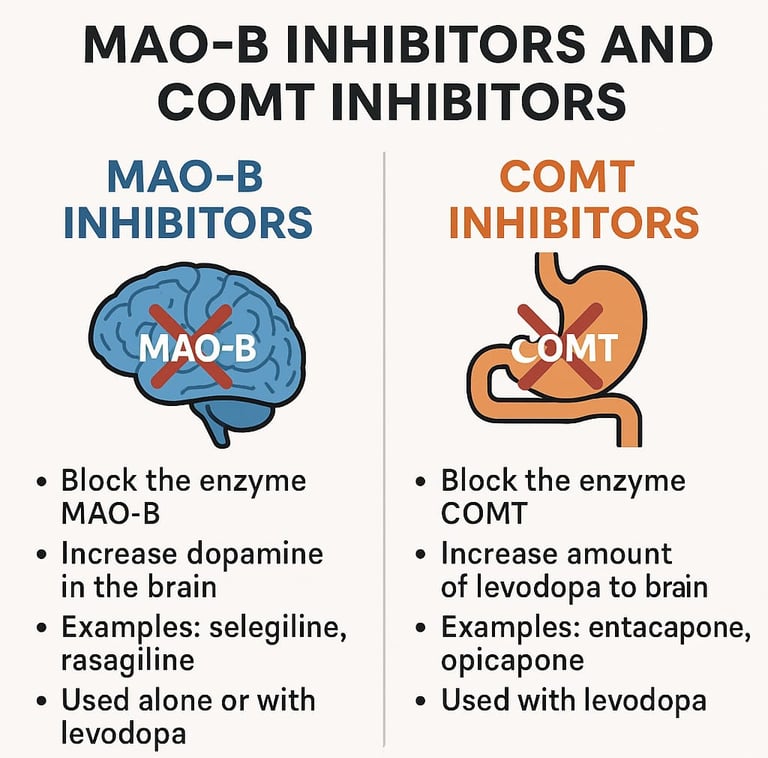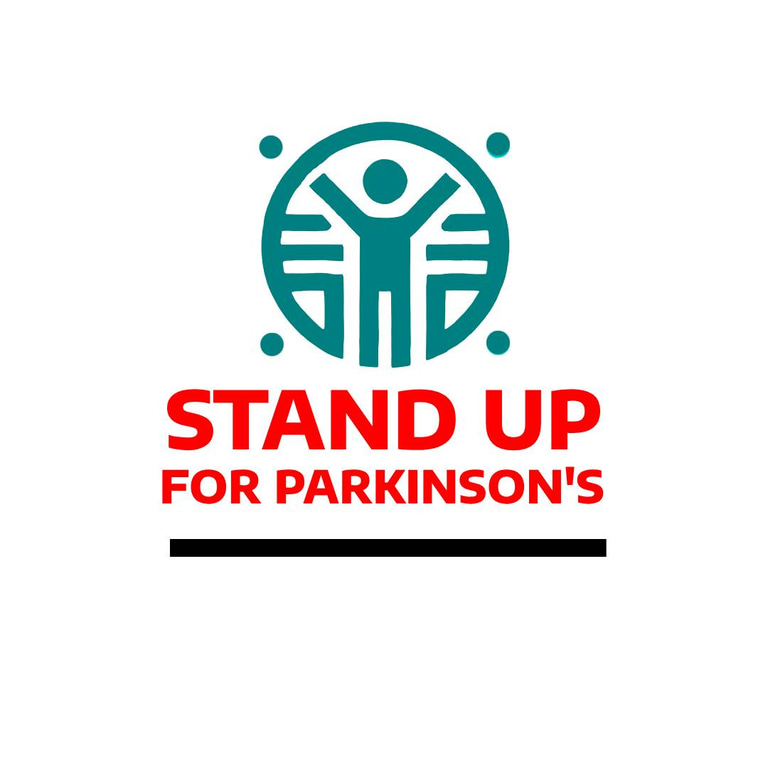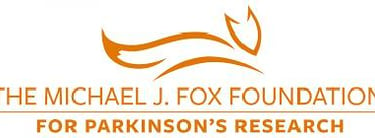Join me in challenging stigma, building awareness, and creating community for over 110,000 Canadians living with Parkinson’s.
Medications Levodopa/carbidopa: A common medication that increases dopamine in the brain
Anticholinergics: Reduce involuntary muscle movement
Surgery
Deep brain stimulation: Can help with tremors and reduce the need for medications
Magnetic resonance imaging (MRI)-guided focused ultrasound therapy: An option for some people
Physical therapy strength training, gait and balance training, hydrotherapy, and physical therapy that focuses on balancing and stretching.
Other therapies
Occupational therapy
Speech therapy
A healthy diet
Massage therapy
Yoga and tai chi
Acupuncture
Support groups
Exercise
The best combination of treatments depends on a person's age, symptoms, disease severity, and activity level. Disease progression
While there's no cure for Parkinson's, many people live long, full lives with the disease. Exercise can help improve brain function and slow disease progression.
Treatments for Parkinson's disease include medications, surgery, physical therapy, exercise, and other therapies.
What medications are used to treat Parkinson's symptoms?
Drug Therapies
Dopaminergic drugs (including levodopa) – a class of drugs with dopamine-like action used to treat symptoms of Parkinson's disease
Decarboxylase inhibitor – a drug that is used with levodopa to treat the symptoms of Parkinson's disease
Dopamine agonists – a class of drugs that binds to dopamine receptors and imitates the action of dopamine
Anticholinergics – a class of drugs that relaxes smooth muscle and is used primarily to treat tremor in Parkinson's disease
MAO-B inhibitors – a class of drugs used to treat all symptoms of Parkinson's disease. These drugs block an enzyme that breaks down dopamine, allowing it to be at the receptor longer
COMT inhibitors – a class of drugs that binds to dopamine receptors and imitates the action of dopamine
Although medications for Parkinson's disease can be used to improve motor function, they may lose their effectiveness over time, cause side effects, or both. Additionally, as the condition progresses, the medication levels required for motor function control may cause intolerable or undesirable side effects.

Ask the MD: Myths about Levodopa
Medications - What you need to know https://www.parkinson.ca/wp-content/uploads/Parkinsons-Medications-what-you-need-to-know.pdf
Medications to treat Parkinson's https://www.parkinson.ca/wp-content/uploads/Medications-to-Treat-Parkinsons-Disease.pdf

What is the difference between MAO-B inhibitors and COMT inhibitors
Both MAO-B inhibitors and COMT inhibitors are used in the treatment of Parkinson’s disease, but they work on dBoth MAO-B inhibitors and COMT inhibitors are used in the treatment of Parkinson’s disease, but they work on different enzymes that break down dopamine. Think of them as traffic cops posted at different intersections of the dopamine destruction highway.
MAO-B Inhibitors (Monoamine Oxidase B Inhibitors)
What they block: The enzyme MAO-B, which breaks down dopamine in the brain.
Examples: Selegiline, Rasagiline, Safinamide.
Effect: Increase dopamine levels by slowing its breakdown in the brain.
When used: Can be used early in Parkinson’s or added to levodopa therapy to enhance its effects.
Perk: May have mild symptomatic benefit even on their own. Also might have some neuroprotective properties (still debated).
Common side effects: Insomnia (especially selegiline), nausea, headache.
COMT Inhibitors (Catechol-O-Methyltransferase Inhibitors)
What they block: The enzyme COMT, which breaks down dopamine outside the brain, especially levodopa before it gets into the brain.
Examples: Entacapone, Opicapone, Tolcapone.
Effect: Increase the amount of levodopa that reaches the brain by reducing its breakdown in the gut and bloodstream.
When used: Almost always used alongside levodopa to extend its "on" time and reduce "off" periods.
Common side effects: Diarrhea, orange-colored urine (no, you're not turning into a pumpkin), liver issues (rare but serious—mostly with tolcapone).
Summary:
MAO-B inhibitors = help your brain hold onto its dopamine.
COMT inhibitors = help your meds make it to the party (aka the brain) without being stopped by metabolism cops.


Surgeries available for Parkinson's disease in Canada include deep brain stimulation (DBS), levodopa-carbidopa intestinal gel (LCIG), thalamotomy, pallidotomy, and MRI-guided focused ultrasound.
Deep brain stimulation (DBS)is a surgical procedure that implants a neurostimulator and electrodes which sends electrical impulses to specified targets in the brain responsible for movement control.
levodopa-carbidopa intestinal gel (LCIG) is a stable suspension of levodopa and carbidopa, and suitable for continuous delivery via percutaneous endoscopic gastrostomy (PEG) tube with a duodenal extension.
Thalamotomy is a surgical procedure performed by neurosurgeons, primarily indicated for conditions such as stroke, brain hemorrhage, and certain movement disorders like Parkinson's disease. It involves targeting the thalamus, a part of the brain that processes sensory information, to alleviate symptoms such as tremors. Focused ultrasound thalamotomy, which uses sound waves to treat essential tremor and Parkinson's symptoms. While effective, thalamotomy carries risks of serious side effects, which is why it is less commonly performed today
Pallidotomy is a neurosurgical procedure. It is used to treat Parkinson's disease and some other conditions, often as an alternative to deep brain simulation. It involves placing a tiny electrical probe in the globus pallidus, one of the basal ganglia of the brain, to damage it.
MRI-guided focused ultrasound (MRgFUS) is a noninvasive, incisionless procedure that uses highly focused sound waves as a form of energy to treat essential tremor and symptoms associated with Parkinson’s disease. This therapy uses precisely directed ultrasound to create heat, which ablates the specific area that causes the tremors.





